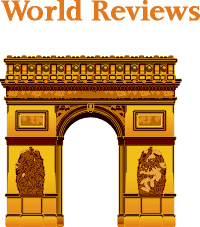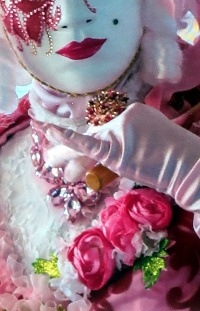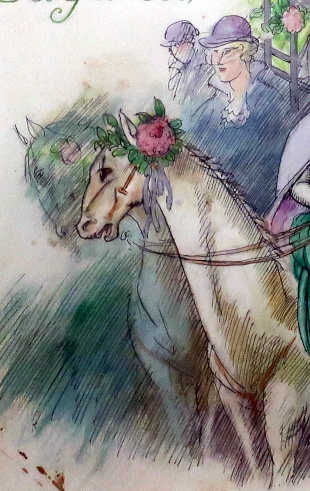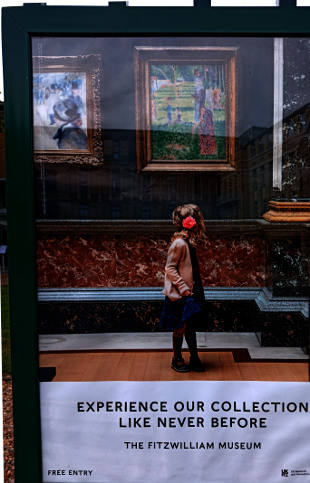

A global archive of independent reviews of everything happening from the beginning of the millenium
For publication dates click here
Read our Copyright Notice click here
Royal Museum of Fine Arts Antwerp - The Building
Royal Museum of Fine Arts Antwerp - The Art
Royal Museum of Fine Arts Antwerp - The Surroundings
Paris 1924
Joan Miró's Dozen
Palais Lascaris

street party invitation
WELCOME to the MUSEUMS pages of WORLD REVIEWS!
The parabolic roofs of the Design Museum
We have the following reviews in this section:
MUSE0001/SOANE click here for:
THE SIR JOHN SOANE'S MUSEUM
Reviewed by ANDRE BEAUMONT
MUSE0002/PEYNET click here for:
LA JUSTICE DE DAUMIER A PLANTU : CENT CINQUANTE ANNEES DE JUSTICE
EXHIBITION AT THE PEYNET MUSEUM IN ANTIBES
Reviewed by ANDRE BEAUMONT
MUSE0003/0216 click here for:
e-LUMINATE FESTIVAL 2016
Reviewed by ANDRE BEAUMONT
MUSE0004/0917 click here for:
THE DESIGN MUSEUM
Reviewed by ANDRE BEAUMONT
MUSE0005/0117 click here for:
FITZWILLIAM MUSEUM IN THE TWILIGHT
Reviewed by ANDRE BEAUMONT
MUSE0006/1118 click here for:
STRAWBERRY HILL
Reviewed by ANDRE BEAUMONT
MUSE0007/1023 click here for:
MUSICAL INSTRUMENTS MUSEUM
Reviewed by ANDRE BEAUMONT
MUSE0008/0625 click here for:
RENOIR MUSEUM
Reviewed by ANDRE BEAUMONT

Watercolour for a calvacade (Musée du Carnaval de Contes)

Impressionistic publicity
Renoir Museum